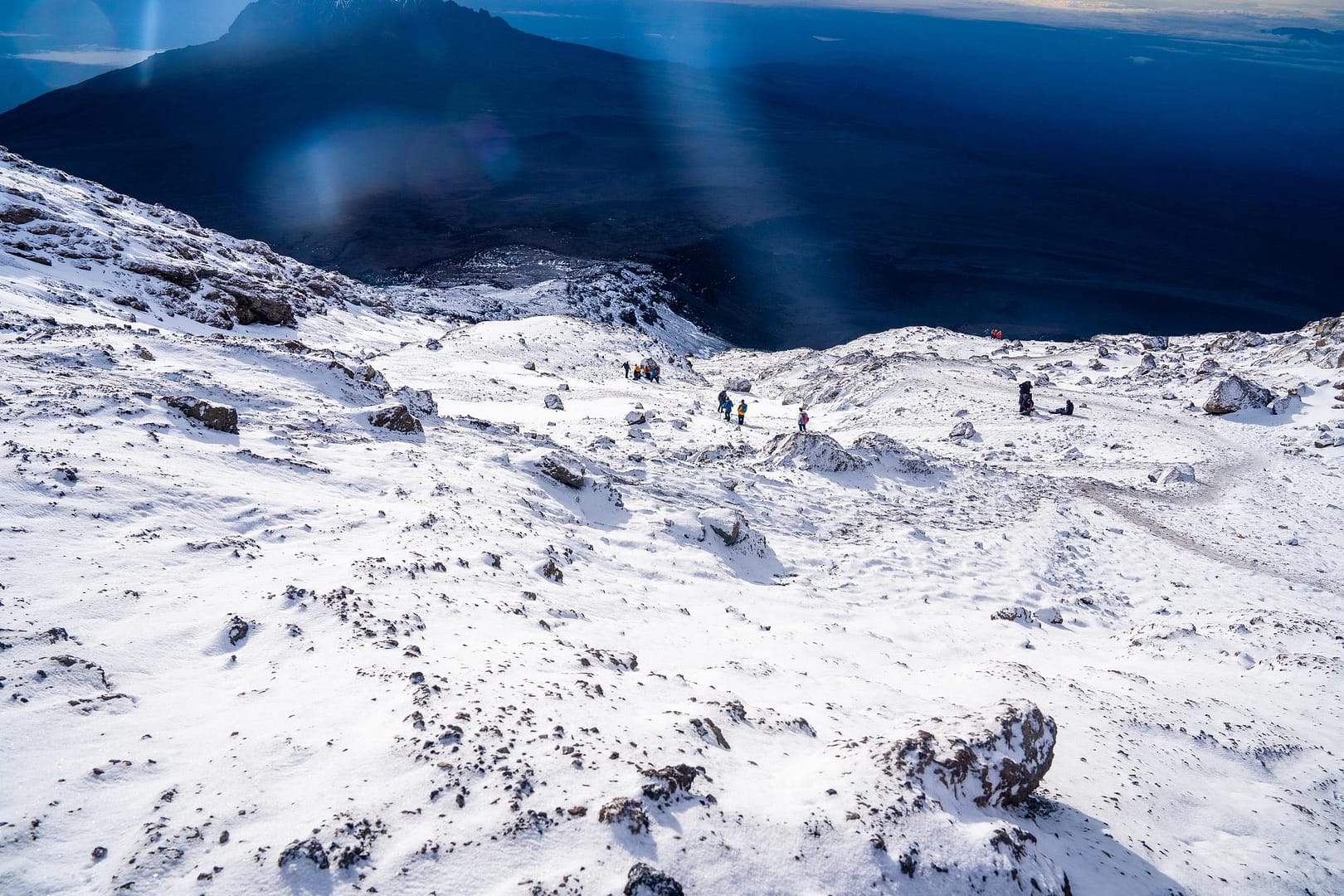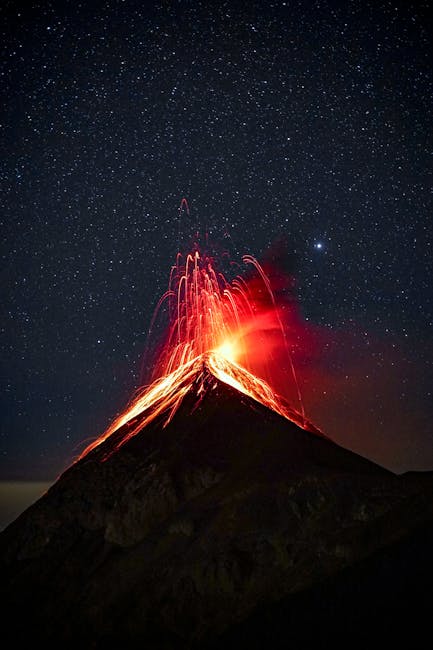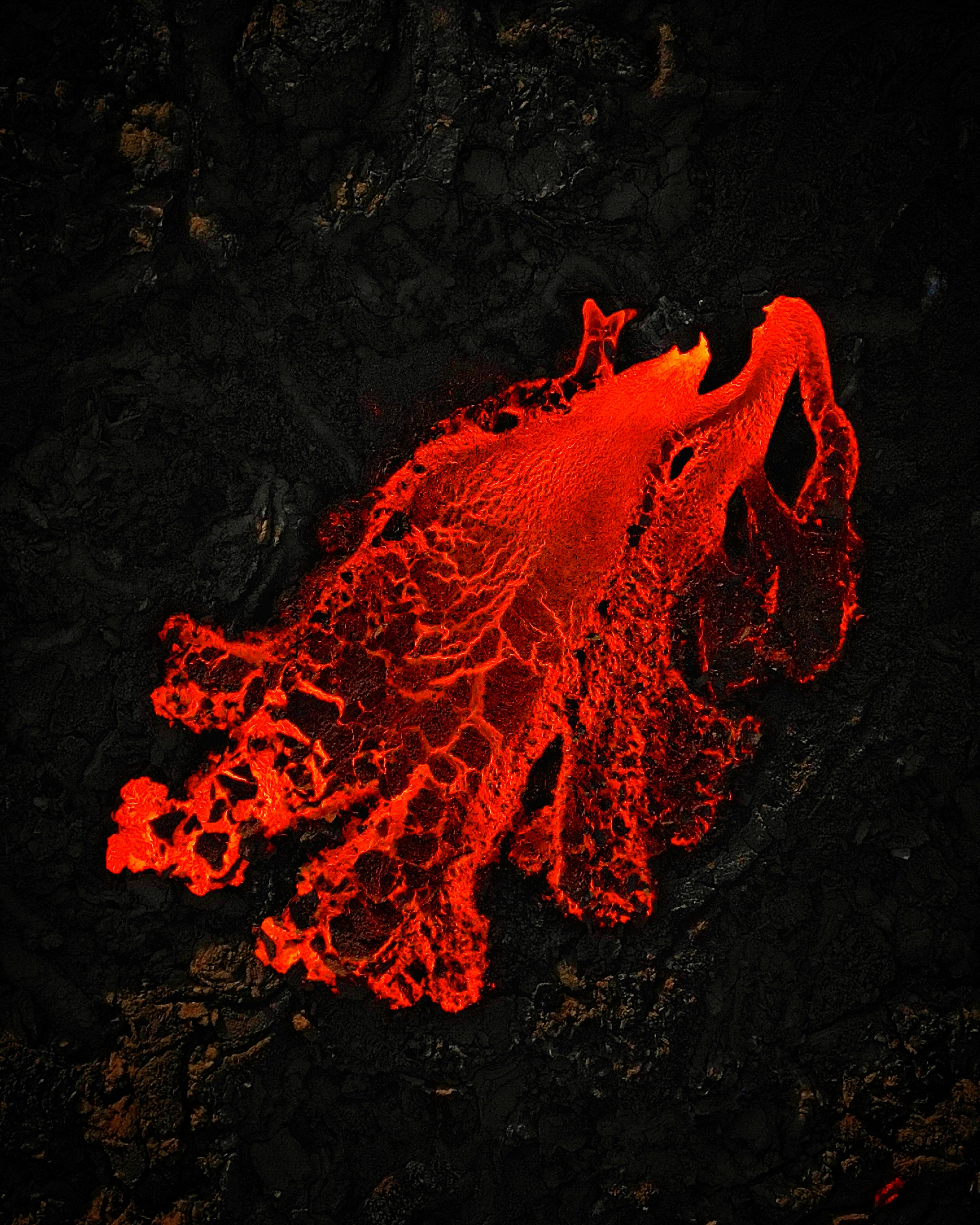
Mesmerizing Monuments of Nature: The World’s Most Photogenic Volcanoes
Capturing the Beauty of Earth’s Fiery Giants
- Understanding the Inner Workings of Volcanoes
- A Close-Up on Mount Bromo: Indonesia’s Smoky Wonder
- The Legendary Krakatoa and Its Explosive Might
- Costa Rica’s Towering Arenal Volcano
- Magnificent Mount Etna: Europe’s Great Giant
- The Iconic Osorno Volcano of Chile
- Vesuvius: The Sleeping Giant of Italy
- Kilauea: Hawaii’s Effusive Force of Nature
- Mount Fuji: Japan’s Perfect Peaks
- Mayon Volcano: The ‘Perfect Cone’ of the Philippines
- The Majestic Mount Kilimanjaro
Capturing the Beauty of Earth’s Fiery Giants
Understanding the Inner Workings of Volcanoes
Embark on a photographic journey to explore the most photogenic active volcanoes that have captured human imagination for centuries. Their raw power and majestic beauty remain fascinating, offering a glimpse into Earth’s dynamic processes.
A Close-Up on Mount Bromo: Indonesia’s Smoky Wonder
Mount Bromo, with its surreal landscape of white smoke and sea of sand, stands at the heart of Java, Indonesia, as an iconic sight to behold.

The Legendary Krakatoa and Its Explosive Might
The name Krakatoa still whispers tales of its catastrophic eruption, and the creation of Anak Krakatau, which continues to shape the world’s volcanic narrative.
Costa Rica’s Towering Arenal Volcano
With its youthful geologic age, Arenal towers over its surroundings, its past eruptive power etched into the Costa Rican landscape.
Magnificent Mount Etna: Europe’s Great Giant
Atop the fertile slopes of Sicily, Mount Etna reigns as Europe’s towering beacon of volcanic activity, providing rich soil for bounteous agriculture.
The Iconic Osorno Volcano of Chile
Chile’s Osorno Volcano, famed for its Fujisan-like symmetry, marks its presence with a history of regular eruptions, touching both land and neighboring lakes.
Vesuvius: The Sleeping Giant of Italy
Vesuvius stands tall, recounting its infamous history of the AD 79 eruption as it looms over millions, a reminder of nature’s unpredictable might.
Kilauea: Hawaii’s Effusive Force of Nature
Low-lying Kilauea spreads its shield across the Hawaiian Isles, its continuous eruptions adding layers to the geological story.
Mount Fuji: Japan’s Perfect Peaks
Fuji-san’s iconic silhouette captures the essence of Japan, rising high with a dormant yet imperious posture, drawing the eyes of artists and adventurers alike.
Mayon Volcano: The ‘Perfect Cone’ of the Philippines
In the Philippines, Mayon Volcano’s symmetrical splendor draws shutterbugs and scientists, its active state constantly resculpting its famed contour.

The Majestic Mount Kilimanjaro
A dormant sentinel in Tanzania, Kilimanjaro’s snow-capped beauty crowns Africa, its glacial cloak whispering tales of a fiery past.
Conclusion: Beholding the Spectacle of Earth’s Volcanic Artistry
FAQs:
What makes a volcano ‘photogenic’?
- The Visual Allure of Volcanoes: A photogenic volcano boasts unique features like symmetrical cones, smoke plumes, and scenic surroundings that make for awe-inspiring photographs.
How can I safely photograph active volcanoes?
- Safety in Volcano Photography: Prioritize your well-being by maintaining a safe distance, respecting local guidelines, and preparing for rapid environmental changes while capturing volcanic scenery.
What should I consider while planning a volcano photography trip?
- Essentials for a Volcanic Photography Expedition: Research volcanic activity, local accessibility, and the timing of your visit to ensure you seize the moment when nature’s fiery splendors are most strikingly displayed.
External URLs:
- 10 of the most photogenic volcanoes from Fuji to Etna – CNN
- The Most Photogenic Volcanic Landscapes In The World – The Travel
- Photographer Captures Northern Lights Over an Erupting Volcano – PetaPixel
YouTube URLs:
- Sacrificed Drones for Spectacular Volcano Video
- Tourist’s Fatal Fall into an Active Volcano While Taking Photos
- Stunning Volcano Eruptions Caught On Camera

